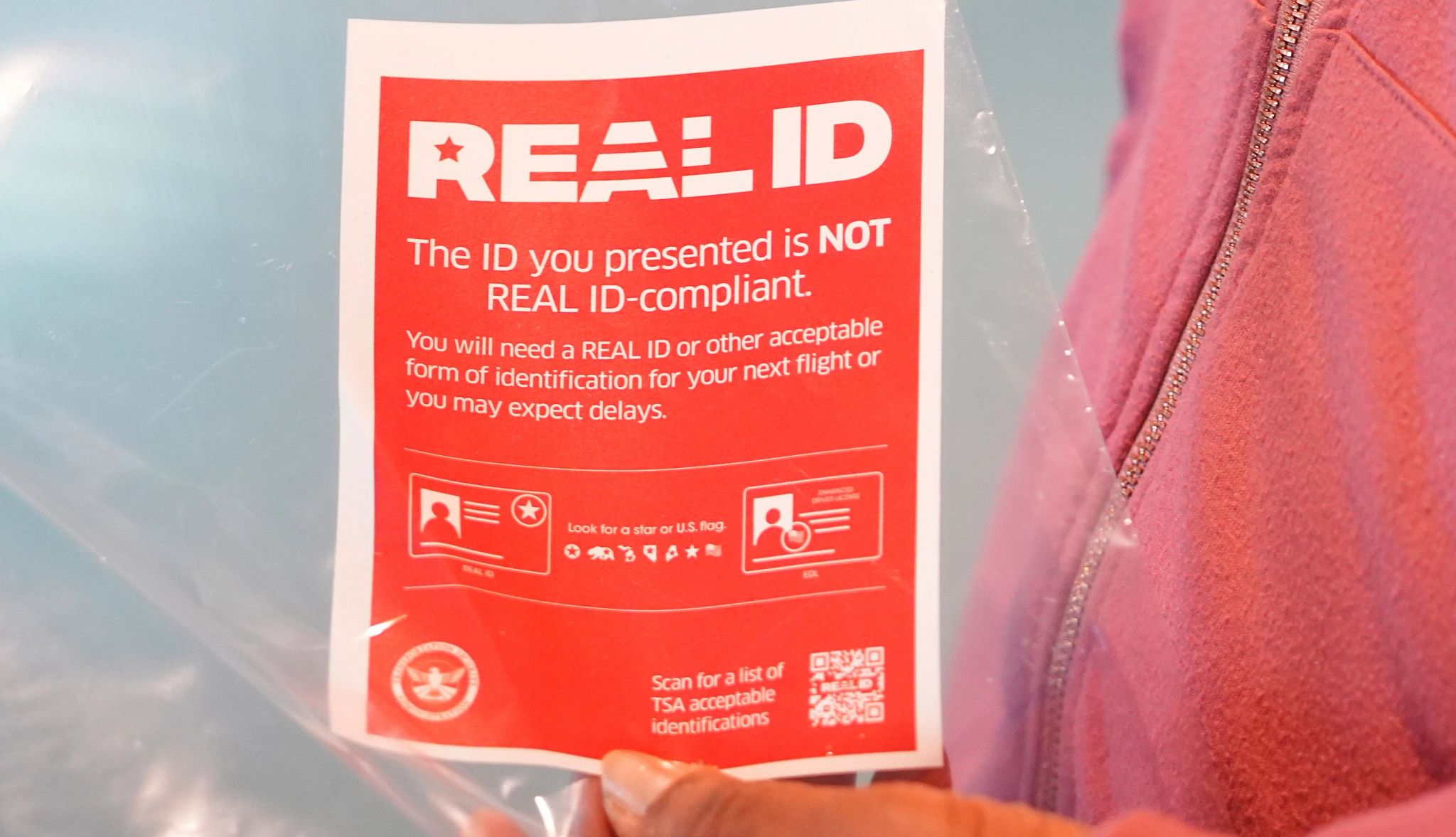AARP Hearing Center

Payroll taxes from U.S. workers and their employers account for most of the funding for Social Security benefit programs.
In 2026, 12.4 percent of income up to $184,500 goes into the Social Security pot. Job holders and their employers split the contribution at 6.2 percent each; self-employed people pay both shares.
That money goes into two Social Security trust funds, called Old-Age and Survivors Insurance (OASI) and Disability Insurance (DI). The first pays out benefits to retirees and their family members and survivors; the second covers benefits for workers with disabilities and their family members and survivors.
About 80 cents of each dollar you pay in Social Security taxes goes to the OASI fund, the rest to the DI fund. In 2024, those taxes — called FICA for people with wage-earning jobs and SECA for the self-employed — brought in nearly $1.3 trillion, accounting for 91.2 percent of Social Security’s revenue, according to the most recent annual report from Social Security’s board of trustees.
The rest of the revenue comes from these sources:
- $66.1 billion from interest on money that the trust funds invested in federally backed guaranteed securities.
- $55.1 billion from federal income taxes that people paid on their Social Security benefits.
- $244 million from reimbursements to the trust funds from the U.S. Treasury.
For much of its history, Social Security has taken in more money than it paid out, generating a reserve that totaled $2.72 trillion at the end of 2024. That trend of annual net gains is reversing as aging boomers swell the ranks of retirees.
The latest trustees’ report projects that the reserve will be depleted by 2034. That does not mean Social Security is going “broke,” as the situation sometimes is described.
If reserves are exhausted, the Social Security programs will continue to pay benefits out of their annual tax revenue. However, those payments will be lower, amounting to 81 percent of what beneficiaries would normally be entitled to collect in 2034 and continuing to decline slightly in ensuing decades, according to current projections. Averting those cuts will require congressional action to shore up the system’s finances.
Keep in mind
- Social Security is not a savings plan. What you pay into the system does not go into an account for your retirement. Workers in each generation finance Social Security payments for their retired elders and other beneficiaries. Down the road, their benefits will be paid for by younger workers.
- FICA and SECA taxes are also set aside for Medicare. Payroll taxes, amounting to 2.9 percent of earnings, go into separate trust funds that subsidize the federal health-care program for older adults and people with disabilities.
About the author
Andy Markowitz is an AARP senior writer and editor covering Social Security and retirement. He is a former editor of the Prague Post and Baltimore City Paper.


































































More on Social Security
How much longer will Social Security be around?
Is Social Security just for retired workers?
How do survivor benefits work?